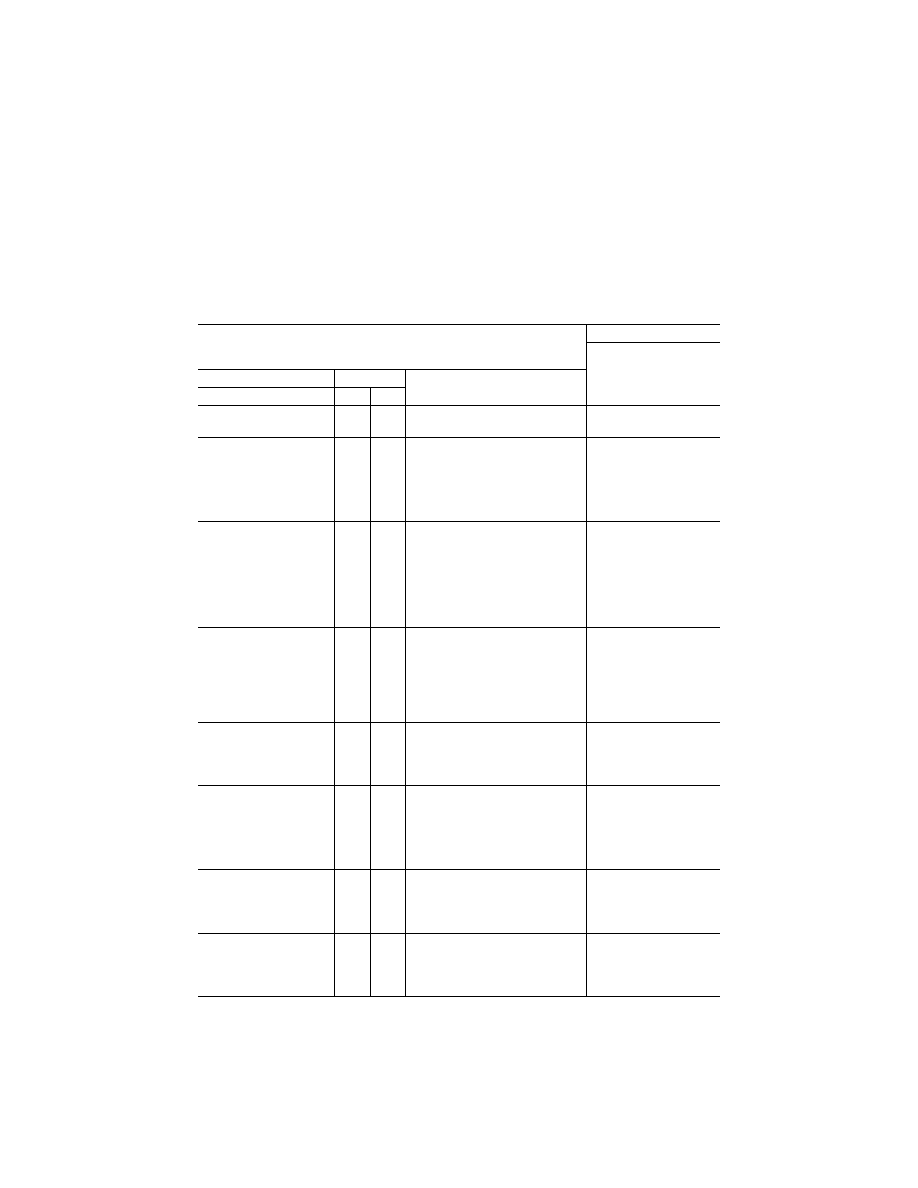
123
Federal Aviation Administration, DOT
Pt. 60, App. A
an integration of the parameter(s) in ques-
tion to obtain a rate of change.
E
ND
I
NFORMATION
lllllllllllllllllllllll
T
ABLE
A2E—A
LTERNATIVE
D
ATA
S
OURCES
, P
ROCEDURES
,
AND
I
NSTRUMENTATION
QPS REQUIREMENTS
The standards in this table are required if the data gathering methods described in paragraph
9 of
Appendix A are not used.
Information
Table of objective tests
Sim level
Alternative data sources, procedures, and
instrumentation
Notes
Test entry number and title
A
B
1.a.1. Performance. Taxi. Min-
imum Radius turn.
X
X
TIR, AFM, or Design data may be used.
1.a.2. Performance. Taxi Rate
of Turn vs. Nosewheel Steer-
ing Angle.
X
Data may be acquired by using a constant
tiller position, measured with a pro-
tractor or full rudder pedal application
for steady state turn, and synchronized
video of heading indicator. If less than
full rudder pedal is used, pedal position
must be recorded.
A single procedure may not be
adequate for all airplane
steering systems, therefore
appropriate measurement
procedures must be devised
and proposed for NSPM con-
currence.
1.b.1. Performance. Takeoff.
Ground Acceleration Time
and Distance.
X
X
Preliminary certification data may be
used. Data may be acquired by using a
stop watch, calibrated airspeed, and
runway markers during a takeoff with
power set before brake release. Power
settings may be hand recorded. If an in-
ertial measurement system is installed,
speed and distance may be derived
from acceleration measurements.
1.b.2. Performance. Takeoff.
Minimum Control Speed—
ground (V
mcg
) using aero-
dynamic controls only (per ap-
plicable airworthiness stand-
ard) or low speed, engine in-
operative ground control char-
acteristics.
X
X
Data may be acquired by using an inertial
measurement system and a syn-
chronized video of calibrated airplane
instruments and force/position measure-
ments of flight deck controls.
Rapid throttle reductions at
speeds near V
mcg
may be
used while recording appro-
priate parameters. The
nosewheel must be free to
caster, or equivalently freed
of sideforce generation.
1.b.3. Performance. Takeoff.
Minimum Unstick Speed (V
mu
)
or equivalent test to dem-
onstrate early rotation takeoff
characteristics.
X
X
Data may be acquired by using an inertial
measurement system and a syn-
chronized video of calibrated airplane
instruments and the force/position
measurements of flight deck controls.
1.b.4. Performance. Takeoff.
Normal Takeoff.
X
X
Data may be acquired by using an inertial
measurement system and a syn-
chronized video of calibrated airplane
instruments and force/position measure-
ments of flight deck controls. AOA can
be calculated from pitch attitude and
flight path.
1.b.5. Performance. Takeoff.
Critical Engine Failure during
Takeoff.
X
X
Data may be acquired by using an inertial
measurement system and a syn-
chronized video of calibrated airplane
instruments and force/position measure-
ments of flight deck controls.
Record airplane dynamic re-
sponse to engine failure and
control inputs required to cor-
rect flight path.
1.b.6. Performance. Takeoff.
Crosswind Takeoff.
X
X
Data may be acquired by using an inertial
measurement system and a syn-
chronized video of calibrated airplane
instruments and force/position measure-
ments of flight deck controls.
The ‘‘1:7 law’’ to 100 feet (30
meters) is an acceptable
wind profile.
VerDate Sep<11>2014
16:30 Jun 25, 2019
Jkt 247047
PO 00000
Frm 00133
Fmt 8010
Sfmt 8002
Q:\14\14V2.TXT
PC31
kpayne on VMOFRWIN702 with $$_JOB